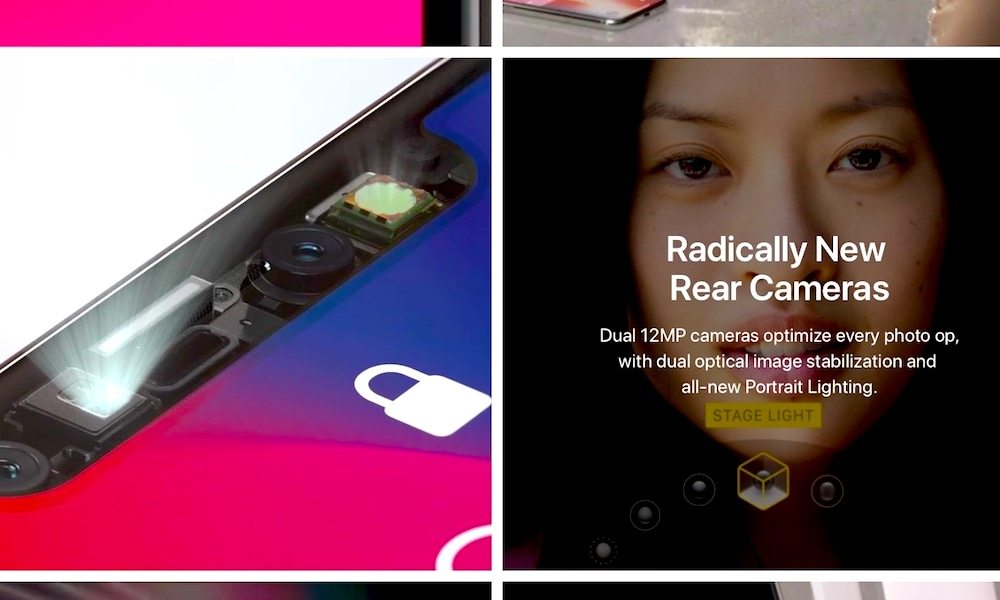Did Apple Sabotage iPhone X’s Face ID to Speed up Production?

Toggle Dark Mode
Apple has a problem: it can’t make enough iPhone X devices to meet demand at its current rate of production. That’s a fact, and something we’ve known for quite a while.
But Bloomberg reported early Wednesday morning that Apple may have resorted to unlikely measures to speed up production. Allegedly, Apple quietly told suppliers that they could reduce the accuracy of Face ID in order to alleviate production issues and make the device easier to manufacture, sources familiar with Apple’s supply chain told the publication.
Apple, of course, denied the claims — stating that the “quality and accuracy of Face ID [systems] haven’t changed.” In a statement to TechCrunch, the company said that “Bloomberg’s claim that Apple has reduced the accuracy spec for Face ID is completely false and we expect Face ID to be the new gold standard for facial authentication.
The main bottleneck in the iPhone X’s production seems to be the advanced 3D sensor and dot projector in the TrueDepth system, as previous reports pointed out. It’s a complex system to manufacture, particularly as many of the vital components are extremely fragile. Not only that, but Apple is demanding its suppliers work on a “very aggressive schedule” — leaving little extra time to “get it right,” a supply source told Bloomberg.
The TrueDepth Camera’s 3D sensor has three components: a dot project, flood illuminator and infrared camera. Precision is key, as even a millimeter of inaccuracy could snarl the whole system. Not only that: at one point, only 20 percent of the dot projectors Apple’s supply chain partners produced were usable due to breakages.
The complexity of the design and manufacturing process is one reason why the iPhone X is being released six weeks later than the iPhone 8 lineup, the same source told the publication.
So, Bloomberg reported, Apple “relaxed” some of the specifications for Face ID in order to alleviate those issues. The iPhone X’s production problems are well-known and that portion of Bloomberg’s story is undeniably accurate. But it’s a matter of debate whether it’s Bloomberg’s sources or Apple that is telling the full truth about the situation.
But Face ID accuracy aside, the fact of the matter is that the iPhone X is going to be available in extremely low quantities throughout the rest of 2017.
Ming-Chi Kuo currently forecasts Apple to have about two to three million iPhone X units available on launch day, and about 25 to 30 million units for the entire holiday quarter. That latter number is down from his original prediction of 40 million, and it’s corroborated by other analysts. Despite that, Apple promised earlier this week that it will have iPhone X units available to walk-in customers at its Apple retail outlets and authorized resellers.
The iPhone X becomes available to pre-order this Friday. It’ll hit store shelves and ship out to customers next Friday, Nov. 3.
[The information provided in this article has NOT been confirmed by Apple and may be speculation. Provided details may not be factual. Take all rumors, tech or otherwise, with a grain of salt.]






